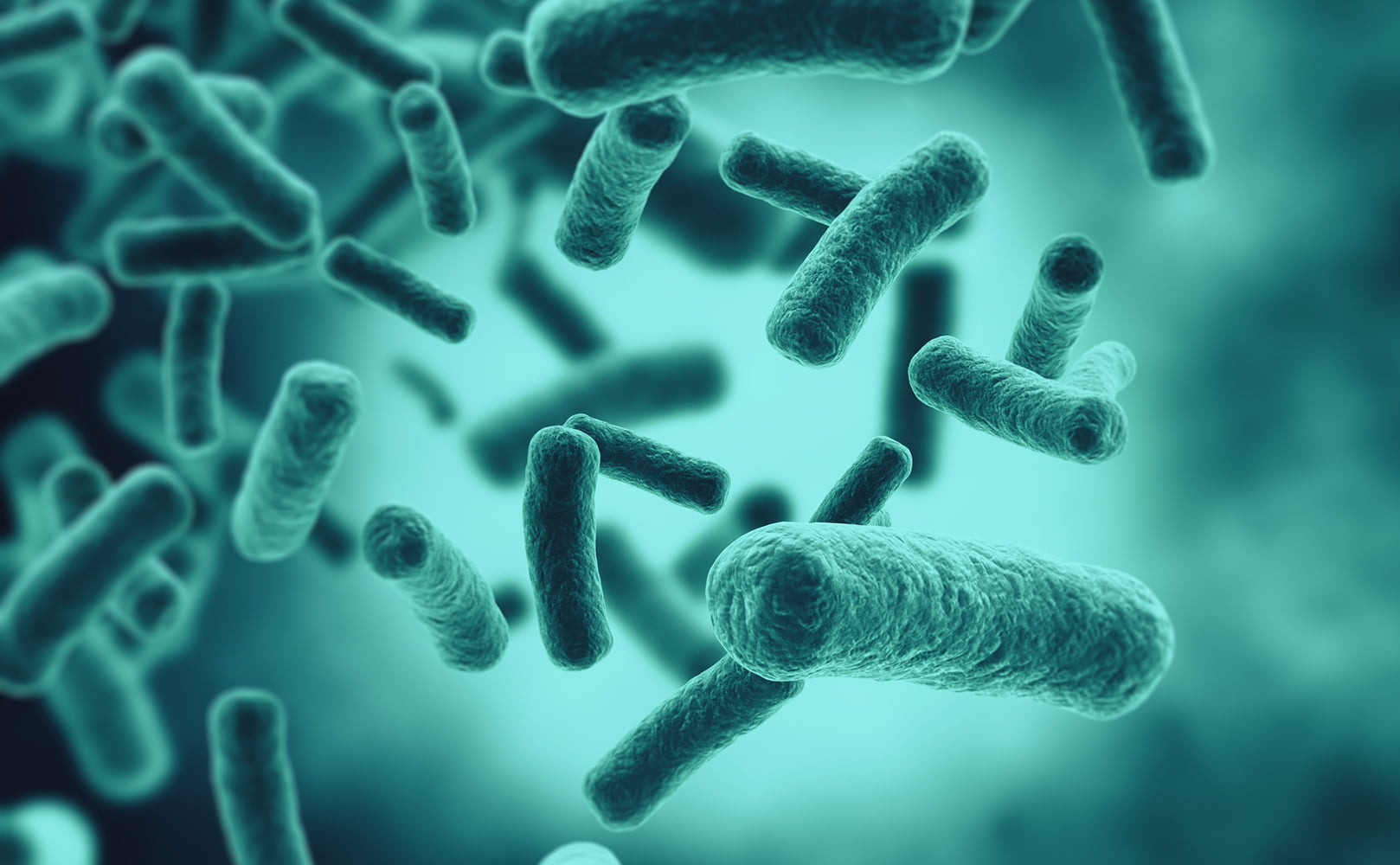UV Intensity for Purified Water – What’s Required?
Written by: Gene Fitzgerald // Last Updated: Nov 22, 2022
This page may contain affiliate links. If you buy a product or service through such a link we earn a commission at no extra cost to you. Learn more.
UV water purifiers are up to 99.9999% effective at sanitizing water. However, different kinds of microorganisms need different doses of UV light in order for water to be properly disinfected.
Viruses, for example, will need a much higher dose than spores or bacteria.
So how does a UV water purifier cover all of that? What are the required UV doses (UV intensity) needed for different pathogens? This article will break down the science for you.
Key Takeaways
- UV purifiers are up to 99.9999% effective at killing pathogens in water, but different kinds of pathogens requite different doses of UV light.
- The UV dose is a measurement that indicates the strength of the UV rays and the length of time the water is exposed to them.
- The most common pathogens found in municipal water supplies are sanitized at lower UV doses, compared with pathogens that come from a well, lake, or river.
The Principle Behind UV Disinfection
The basic principle behind UV disinfection is to expose your water to UV-C rays, which attack the DNA of microorganisms in the water. Once they have been exposed to the UV-C, they cannot replicate and eventually die.
A UV water purifier is the last step in water filtration, sanitizing the water after it has passed through the relevant pre-filters.
The device itself is tube-shaped, with a long UV light bulb encased in a glass sleeve that sits in a chamber. Water passes through the chamber, and the rays of UV light pass through the glass sleeve to neutralize pathogens. There are domestic units and commercial units available, the latter with a higher output UV lamp for higher flow rates.
UV Dose/Intensity
The UV dose measures the UV intensity with the total time the water is in contact with the UV light. The equation, for those who want to get into the nitty gritty, is D = I xT (Dose = Intensity x Time). It is usually expressed in mJ/cm² or in microWsec/cm², with 1 mJ/cm² equal to 1,000 microWsec/cm².
There are currently 3 different UV dose levels in the market, 16, 30 and 40 mJ/cm².
According to the U.S. Department of Health, a minimum of 16,000 µWatt sec/cm² is recommended for supplemental bactericidal treatment of water that has been deemed as relatively ‘safe’, such as municipal water.
For water coming from wells, lakes, rivers and potentially other ‘unsafe’ sources, a dose of 40mL/cm2 is suggested. This ensures viruses are also targeted, as they require much higher doses than bacteria or cysts. This dose is also the U.S. Environmental Protection Agency (USEPA) and NSF standard for such water supplies, and assures 99.99% or 4-log reduction of viruses.
For the average homeowner though, the microorganisms found in the water supply usually require low doses to be effectively dealt with, such as E. coli, requiring only 6 mJ/cm² for a 4-log or 99.99% kill.
Required UV Dose for Bacteria, Viruses & Algae
So that you can easily check if the system you want to purchase will kill what you want it to kill, here are the required UV dose specifications for a 4-log, or 99.99% disinfection rate for common pathogens:
| Microorganism | Type | Lethal UV Dose (mJ/cm²) |
|---|---|---|
| Cryptosporidium parvum oocysts | Cyst | Under 10.0 |
| Giardia lamblia cysts | Cyst | Under 10.0 |
| Vibrio cholerae | Bacterium | 2.9 |
| Salmonella typhi | Bacterium | 8.2 |
| Shigella sonnei | Bacterium | 8.2 |
| Aeromonas hydrophila (log 4 reduction) | Bacterium | 5.5 |
| Aeromonas salmonicida (log 4 reduction) | Bacterium | 5.9 |
| Burkholderia mallei (log 4 reduction) | Bacterium | 5.2 |
| Brucella suis KS528 (log 4 reduction) | Bacterium | 10.5 |
| Hepatitis A virus | Virus | 30.0 |
| Poliovirus Type 1 | Virus | 30.0 |
| Rotavirus SA11 | Virus | 36.0 |
| Shewanella algae | Algae | 3.2 |
Does UV Light Work in All Water Conditions?
It is important to note that UV light will not work in all water conditions. UV light travels only in a straight line, so shadows or obstructions even from small particles will reduce its efficiency, as they will scatter the UV light.
Particles that could cause this include iron, manganese, and tannins. Also, if the source water contains sediment, microorganisms can hide behind those particles, avoiding the UV rays. This process is called ‘shadowing’.
It is imperative that your source water is tested before you install a UV filter, to see if you need to firstly install any pre-filtration systems. As a guideline, your water needs to meet the following conditions:
- Water hardness lower than 7 gpg (grains per gallon)
- Iron lower than 0.3 ppm (parts per million)
- Tannins lower than 0.1 ppm
- Manganese lower than 0.05 ppm
- Turbidity levels lower than 1 NTU (nephelometric turbidity units)
If you have any questions about the UV intensity for purified water please don’t hesitate to leave a comment below!
Information provided on BOS is for educational purposes only. The products and services we review may not be right for your individual circumstances.
We adhere to strict editorial guidelines. Rest assured, the opinions expressed have not been provided, reviewed, or otherwise endorsed by our partners – they are unbiased, independent, and the author’s alone. Our licensed experts fact-check all content for accuracy. It is accurate as of the date posted and to the best of our knowledge.


